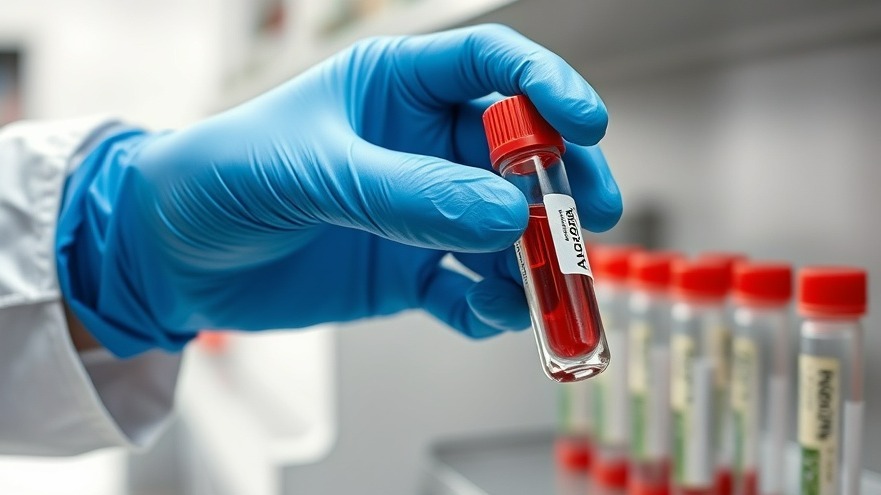
Revolutionizing Schizophrenia Diagnosis: A Glimpse into Polysialic Acid Testing
Emerging research from Nagoya University is reshaping the landscape of psychiatric disorder diagnosis, particularly schizophrenia. With a focus on polysialic acid (PSA), a unique glycan present in the brain, this innovative blood test offers a promising pathway for early detection and better patient outcomes. This groundbreaking development reflects broader advancements in medical science that leverage biomolecular markers to enhance diagnostic precision.
An Insight into Polysialic Acid
Polysialic acid, predominantly found in brain regions associated with memory and emotion, displays fluctuating levels in the blood of patients with various psychiatric disorders. Its increased presence in schizophrenia patients posits it as a potential biomarker for diagnosis. The significance of PSA lies in its ability to indicate underlying pathophysiological changes, allowing for differentiation between schizophrenia and other neurological conditions, such as chronic inflammatory demyelinating polyneuropathy (CIDP).
Innovative Testing Techniques
The Nagoya University research team has developed a sophisticated yet accessible method for measuring PSA levels through a sandwich ELISA (enzyme-linked immunosorbent assay) technique. This method employs both positive and negative antibodies to enhance specificity and minimize non-specific binding, a common challenge in glycan testing. By subtracting the signal from a point-mutated negative antibody, the researchers achieve a highly accurate quantification of PSA, opening the door to its application in various clinical settings.
Clinical Implications and Broader Applications
The implications of accurate PSA measurement extend beyond schizophrenia. Professor Chihiro Sato highlights that cancer cells also release exosomal substances contributing to increased PSA concentrations in the bloodstream. This suggests that the research methodology could be pivotal for diagnosing different diseases, providing healthcare practitioners with necessary tools to tailor treatment plans based on biomarker profiles.
Future Opportunities in Diagnostic Medicine
As the healthcare landscape evolves, embracing these advancements may lead to earlier interventions, improving mental health outcomes for patients. The identification and utilization of biomarkers like polysialic acid represent a significant trend in patient-centric healthcare, aligning with the growing demand for precision medicine.
Understanding the Value of Polysialic Acid Testing
For concierge health practitioners, staying ahead of technological advancements in medical diagnostics can significantly impact patient care. The transition to biomarker-based diagnostics, as exemplified by the PSA blood test, enables healthcare providers to make informed decisions, resulting in improved patient engagement and treatment efficacy. The ability to detect conditions early enhances a practitioner’s ability to intervene before complications arise, emphasizing the essence of proactive healthcare.
Bridging Innovative Research and Practice
The dialogue between research and clinical practice is crucial. Engaging with the latest findings, such as the work on polysialic acid, equips health practitioners with the knowledge needed to adopt new technologies that offer tangible benefits to patients. As this field continues to evolve, incorporating cutting-edge tests into routine assessments can redefine healthcare standards and practices.
Conclusion: A Call to Action for Health Practitioners
As advances in medical technology inform diagnosis and improve patient care, it is imperative for health practitioners to embrace these changes proactively. Incorporating novel diagnostic tools like the polysialic acid blood test into practice not only enhances patient outcomes but also reinforces the commitment to providing high-quality, informed healthcare. Stay informed and explore how these advancements can transform your practice today.
 Add Row
Add Row  Add
Add 




Write A Comment